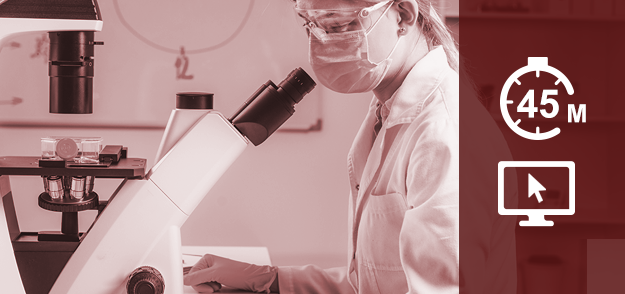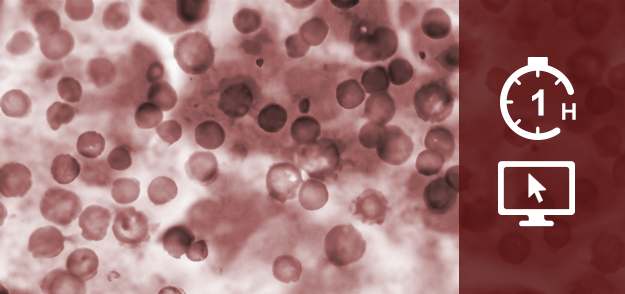
An overview of microbiology with a biosafety context including microorganism characteristics, pathogen identification, and factors causing disease.
Audience: Laboratory personnel, biosafety professionals
Resource Type: E-Learning
Duration: 45 minutes
Course updated: July 2024

A brief overview of toxins, including the risks associated with handling them, and the precautions of handling toxins safely.
Audience: Laboratory personnel, biosafety professionals
Resource Type: E-Learning
Duration: 45 minutes
Updated: January 2025

This course is an introduction to Risk Group 3 Fungi. It has been created to outline the Biosafety Directive for Risk Group 3 Fungi. It defines the concept of Fungi, the risk group classification system, and containment requirements for Risk Group 3 Fungi. The course aims to clarify which activities with Risk Group 3 Fungi must be performed at Containment Level 3, and which activities can be performed at Containment Level 2 or Containment Level 2 with additional operational practice requirements.
Resource Type: E-Learning
Duration: 1 hour
Released: October 2024